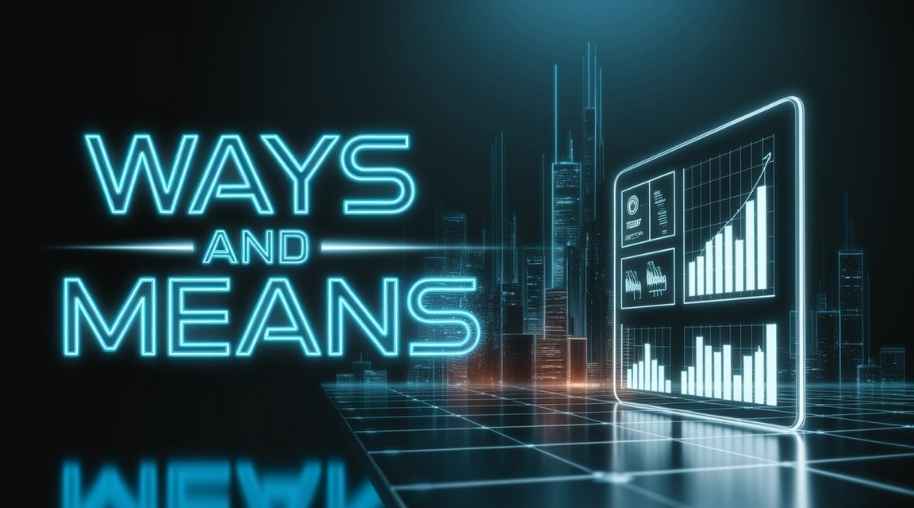WMA Full Form-Ways and Means Advance
by Shashi Gaherwar
0 1985
Ways and Means Advances: Bridging Government Cash Flow Gaps
Ways and Means Advances (WMA) is a temporary funding mechanism provided by the Reserve Bank of India (RBI) to central and state governments to address short-term cash flow mismatches. This overdraft facility ensures governments can meet expenditure obligations despite delayed revenues.

Authorized under Section 17(5) of the RBI Act, 1934, WMA is a critical tool for fiscal management, preventing liquidity crises and ensuring smooth governance operations.
Types of Ways and Means Advances
The RBI offers two types of WMA:
- Normal WMA: A fixed borrowing limit set by the RBI, charged at the repo rate, and reviewed periodically based on government finances.
- Special WMA (Special Drawing Facility – SDF): Available against pledged government securities, with an interest rate lower than the repo rate, acting as a collateral-based borrowing mechanism.
After exhausting the normal WMA limit, governments can access an overdraft facility at a higher interest rate.
How Does WMA Work?
The WMA process involves:
- Government Shortfall: Governments request WMA from the RBI to address cash flow deficits.
- RBI Approval: The RBI sanctions WMA within prescribed limits.
- Repayment: The amount must be repaid within 90 days.
- Overdraft Scenario: Unrepaid WMA after 90 days becomes an overdraft, incurring higher interest rates.
WMA Limits for Central & State Governments
WMA limits are tailored for different government entities:
- Central Government WMA Limits: Set by the RBI and revised based on revenue and expenditure projections.
- State Government WMA Limits: Individual limits for each state, based on historical revenue and expenditure trends, with higher limits for states demonstrating fiscal discipline.
Interest Rates on WMA & Overdraft
WMA interest rates vary by type:
- Normal WMA: Charged at the repo rate.
- Special WMA: Lower than the repo rate, backed by government securities.
- Overdraft: Incurs an additional 2% above the repo rate if unpaid beyond 90 days.
Significance of WMA
WMA is vital for effective government financial management:
- Prevents Liquidity Crisis: Provides short-term funding to meet urgent expenses, addressing revenue-expenditure mismatches.
- Reduces Market Borrowing: Avoids high-interest bonds for short-term needs, stabilizing the bond market.
- Supports Fiscal Stability: Ensures funding for public welfare and developmental programs.
Challenges & Risks of WMA
Despite its benefits, WMA poses challenges:
- Over-Reliance on RBI: Continuous WMA use may signal poor fiscal management, increasing debt burdens.
- Higher Interest Costs: Overdrafts incur higher interest, escalating fiscal costs.
- Fiscal Indiscipline: Easy WMA access may encourage irresponsible spending, leading to long-term deficits.
Recent Developments & Future Trends in WMA
WMA is evolving with fiscal and technological advancements:
- COVID-19 Response: The RBI doubled the central government’s WMA limit during the pandemic to address fiscal pressures.
- Digitalization: Improved tax collection and real-time revenue tracking reduce WMA reliance.
- Strengthening State Finances: States are encouraged to adopt fiscal discipline and explore alternative funding like municipal bonds.
- Inflation Management: The RBI monitors WMA to prevent excess borrowing from fueling inflationary pressures.
Ways and Means Advances (WMA) is a crucial financial tool for managing short-term government liquidity needs. By providing an overdraft facility, the RBI ensures smooth fiscal operations. However, excessive reliance on WMA risks fiscal indiscipline and higher costs. Governments must use WMA judiciously, focusing on enhanced revenue collection and controlled spending for sustainable fiscal health.
Further Learning Resources
If you’re passionate about building a successful blogging website, check out this helpful guide at Coding Tag – How to Start a Successful Blog. It offers practical steps and expert tips to kickstart your blogging journey!
For dedicated UPSC exam preparation, we highly recommend visiting www.iasmania.com. It offers well-structured resources, current affairs, and subject-wise notes tailored specifically for aspirants. Start your journey today!

Share:








Comments
Waiting for your comments